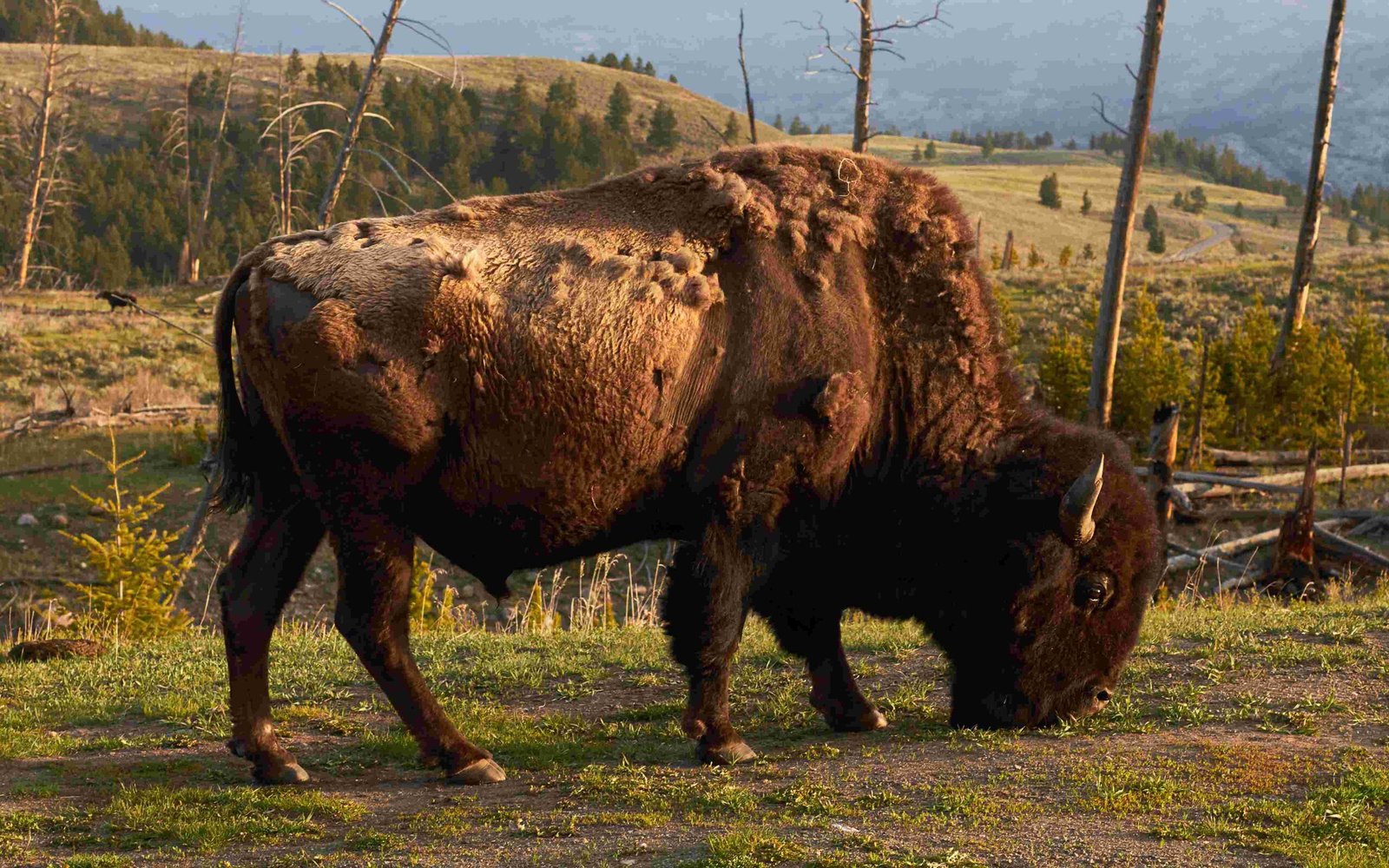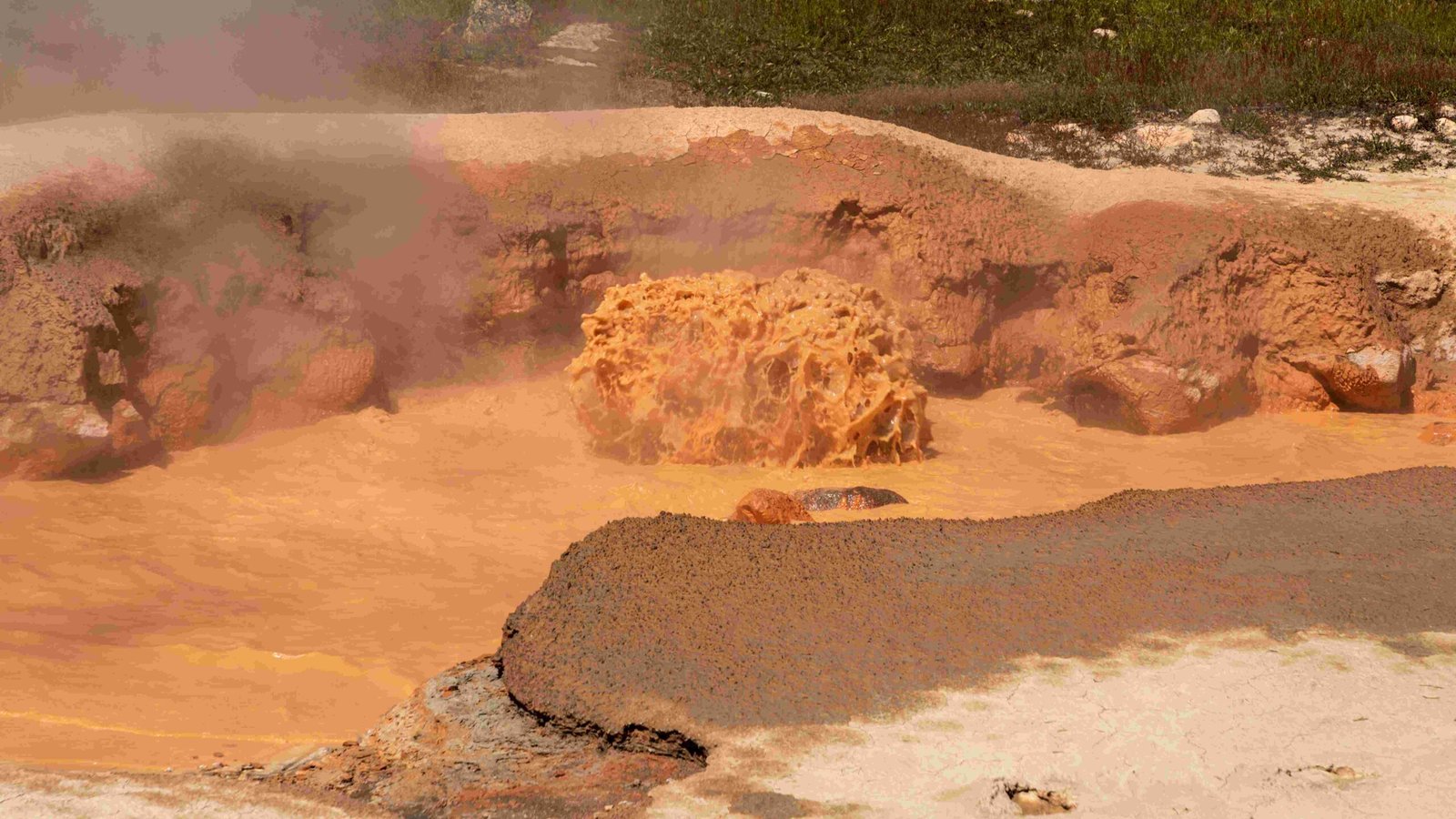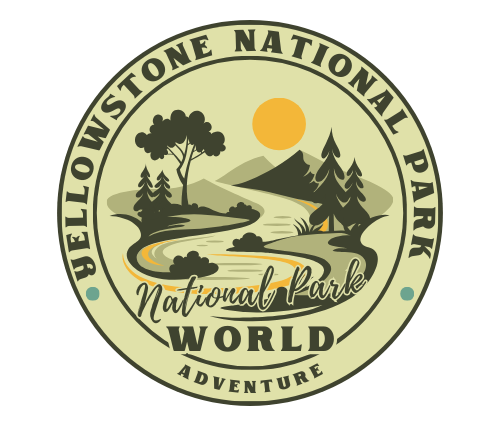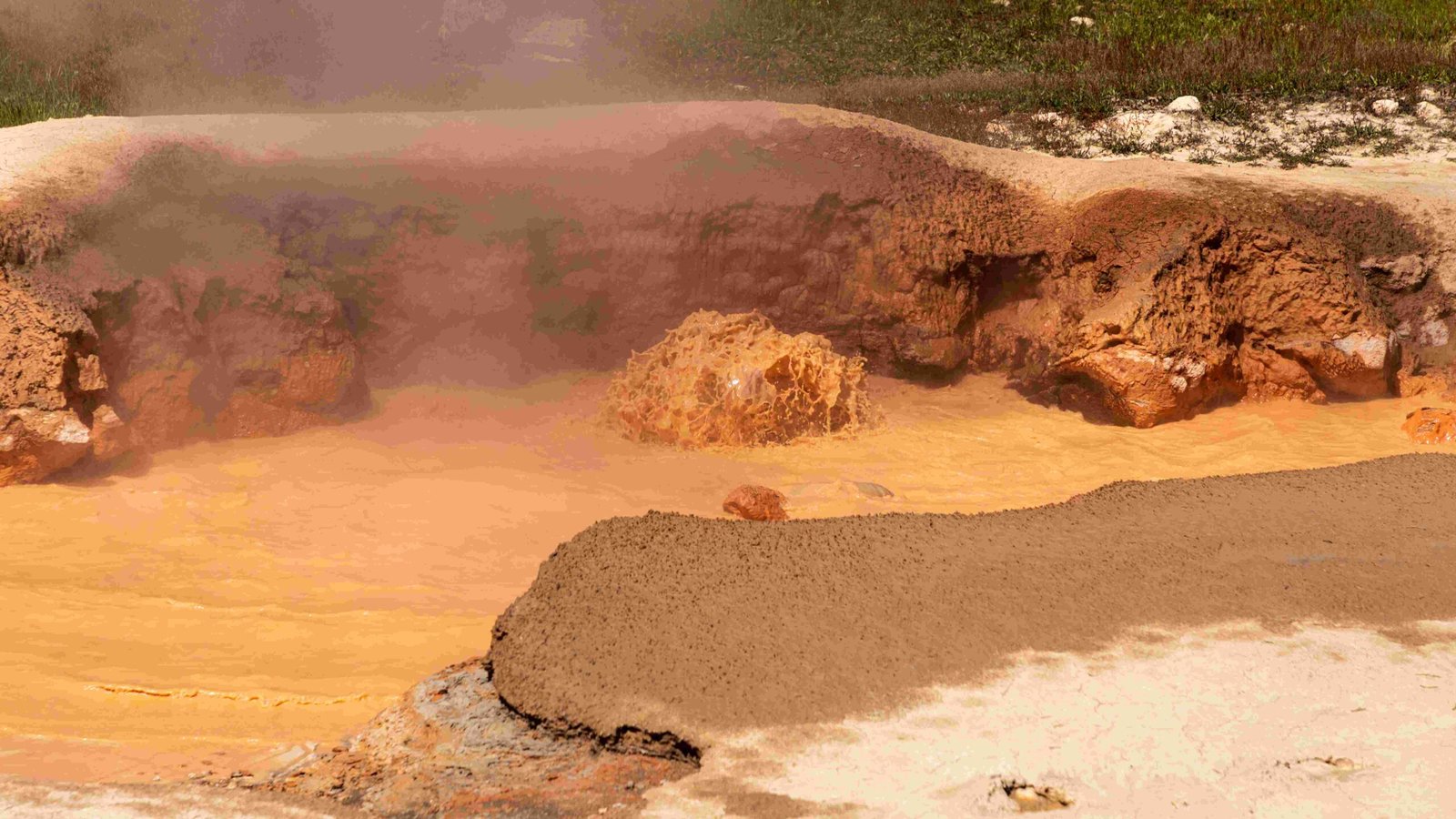While Yellowstone National Park is renowned for its geothermal features, recent years have not seen the discovery of entirely new geysers. However, significant changes and events in existing geothermal areas have occurred, altering the landscape and behavior of known features. This article explores recent developments, comparing them to existing geysers, and discusses the implications for park visitors and researchers.
What Are the Latest Discoveries Related to Geysers in Yellowstone?

Recent years have not yielded discoveries of entirely new geysers in Yellowstone National Park. However, significant events and changes in existing geothermal features have occurred, providing new insights into the park’s dynamic hydrothermal system.
Hydrothermal Explosion at Biscuit Basin
On July 23, 2024, a notable hydrothermal explosion took place at Biscuit Basin, affecting two well-known features:
- Black Diamond Pool
- Black Opal Pool
This event resulted from a sudden transition of water to steam in the shallow hydrothermal system beneath these pools. While it didn’t create a new geyser, it significantly altered the existing features:
- Changed pool shapes
- Fluctuating water levels
- Occasional bursts of hot water
- Increased murkiness in the pools
Porcelain Terrace Area Explosion
Another significant event occurred on April 15, 2024, in the Porcelain Terrace Area of Norris Geyser Basin. This explosion, while not creating a new geyser, demonstrated the ongoing dynamic nature of Yellowstone’s hydrothermal system.
How Do These Recent Events Compare to Existing Geysers?

To understand the significance of these recent events, it’s helpful to compare them to existing geysers and historical events in Yellowstone.
Comparison Table: Recent Events vs. Existing Geysers
| Feature | Recent Events | Existing Geysers (e.g., Old Faithful) |
|---|---|---|
| Predictability | Unpredictable, sudden occurrences | Many have regular eruption patterns |
| Formation | Result of hydrothermal explosions | Formed over long periods of time |
| Visibility | May cause temporary closures | Generally accessible to visitors |
| Water Characteristics | Can cause murkiness and fluctuations | Often clear with consistent behavior |
| Scientific Interest | Provide new data on hydrothermal dynamics | Well-studied, provide baseline data |
Historical Context
The recent hydrothermal explosions are not unprecedented in Yellowstone’s history. Similar events have occurred in the past, such as:
- The 1989 explosion at Porkchop Geyser in Norris Geyser Basin
- Various smaller hydrothermal events throughout the park’s recorded history
These events highlight the continuous changes occurring in Yellowstone’s geothermal landscape, even in the absence of new geyser formations.
Where Can Visitors Observe These Changes in Yellowstone?
While no new geysers have been discovered, visitors can observe the effects of recent hydrothermal events and ongoing changes in several areas of the park.
Biscuit Basin
- Location: Accessible via the Grand Loop Road
- Features: Black Diamond Pool and Black Opal Pool (affected by recent explosion)
- Accessibility: Currently closed due to the recent event (as of last update)
- Future Plans: Park authorities are monitoring the area for safety before reopening
Norris Geyser Basin
- Location: Accessible via the Grand Loop Road
- Features: Diverse thermal features, including the site of the April 2024 explosion
- Accessibility:
- Main basin open to the public with parking and boardwalks
- Some areas (e.g., The Gap and 100 Spring Plain) remain inaccessible
Upper Geyser Basin
- Location: Home to Old Faithful and numerous other geysers
- Features: Largest concentration of geysers in the world
- Accessibility: Open to visitors with extensive boardwalks and viewing areas
What Challenges Do Researchers Face in Studying These Geothermal Changes?
Researchers studying the geothermal changes in Yellowstone face several unique challenges:
-
Unpredictability: Hydrothermal explosions and changes can occur suddenly, making it difficult to prepare for and study these events in real-time.
-
Safety Concerns: The unstable nature of affected areas poses risks to researchers, limiting close-up observations and data collection.
-
Environmental Sensitivity: Research methods must be non-invasive to protect the delicate geothermal ecosystems.
-
Temporal Variations: Changes in geothermal features can occur over very short or very long time scales, requiring both rapid response capabilities and long-term monitoring.
-
Interdisciplinary Nature: Understanding these changes requires expertise from various fields, including geology, chemistry, microbiology, and hydrology.
How Can Visitors Stay Informed About Geothermal Activities in Yellowstone?
To stay up-to-date on the latest geothermal activities and potential new discoveries in Yellowstone, visitors can:
- Check Official Sources:
- National Park Service website
-
Yellowstone’s official social media accounts
-
Attend Ranger Programs:
- Participate in guided tours and educational talks
-
Learn about recent changes and ongoing research
-
Visit Visitor Centers:
- View exhibits on geothermal activity
-
Speak with knowledgeable park staff
-
Subscribe to Park Updates:
- Sign up for email newsletters
-
Follow Yellowstone’s scientific research publications
-
Use the Yellowstone App:
- Download the official park app for real-time updates
- Access interactive maps and geyser prediction times
What Future Discoveries Might We Expect in Yellowstone’s Geothermal Areas?
While predicting future geothermal activity is challenging, scientists continue to monitor Yellowstone for potential changes:
- New Thermal Features: Although unlikely, the formation of new hot springs or small geysers is possible.
- Changes in Existing Features: Alterations in eruption patterns, water chemistry, or physical characteristics of known geysers and hot springs.
- Hydrothermal Explosions: More events similar to the recent Biscuit Basin explosion could occur.
- Geological Shifts: Minor earthquakes or ground deformation could impact geothermal activity.
Researchers employ various tools to study and predict these potential changes:
- Satellite imagery
- Ground-based sensors
- Water and gas sampling
- Seismic monitoring
By continuously studying Yellowstone’s geothermal areas, scientists hope to better understand the complex systems underlying these fascinating natural phenomena and potentially predict future changes or discoveries.

